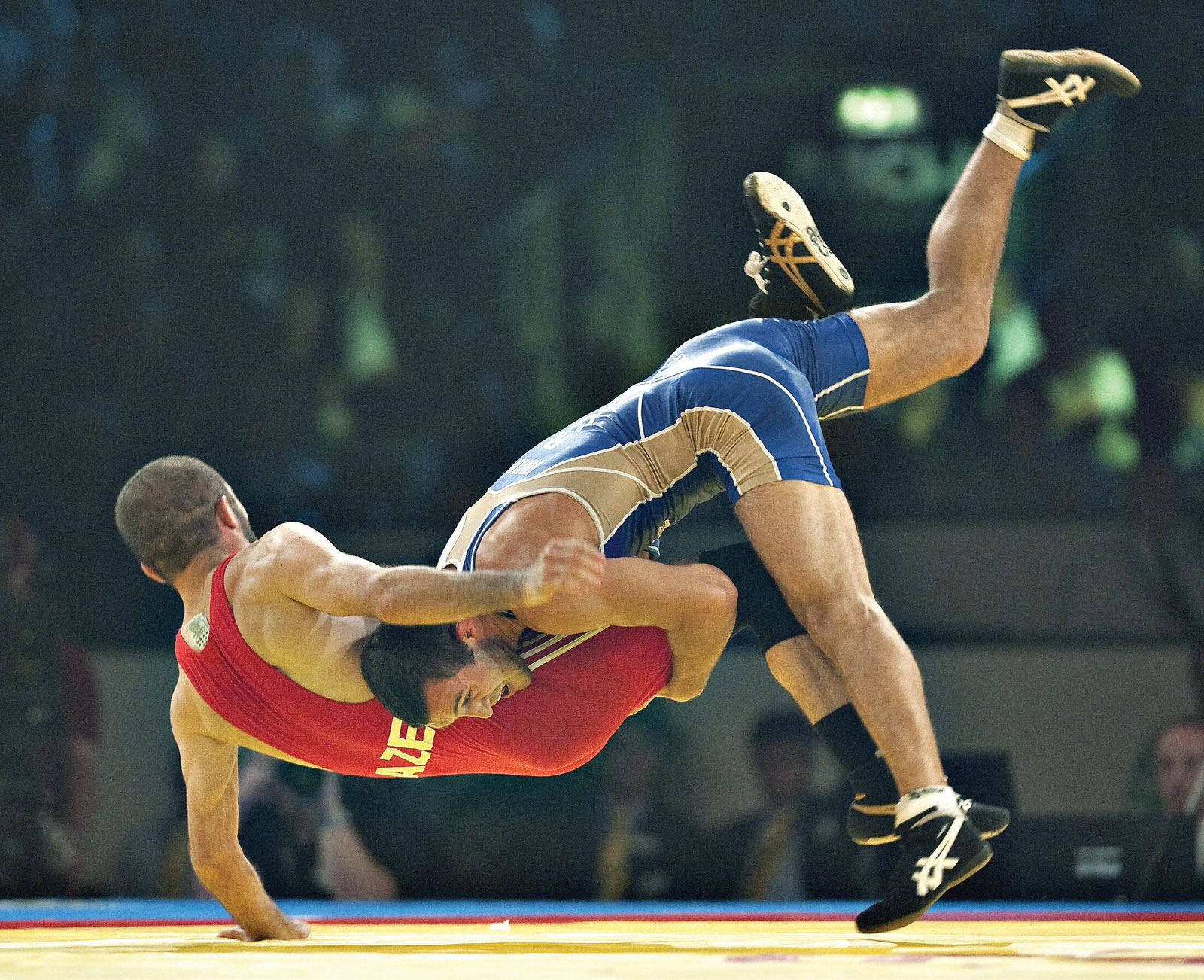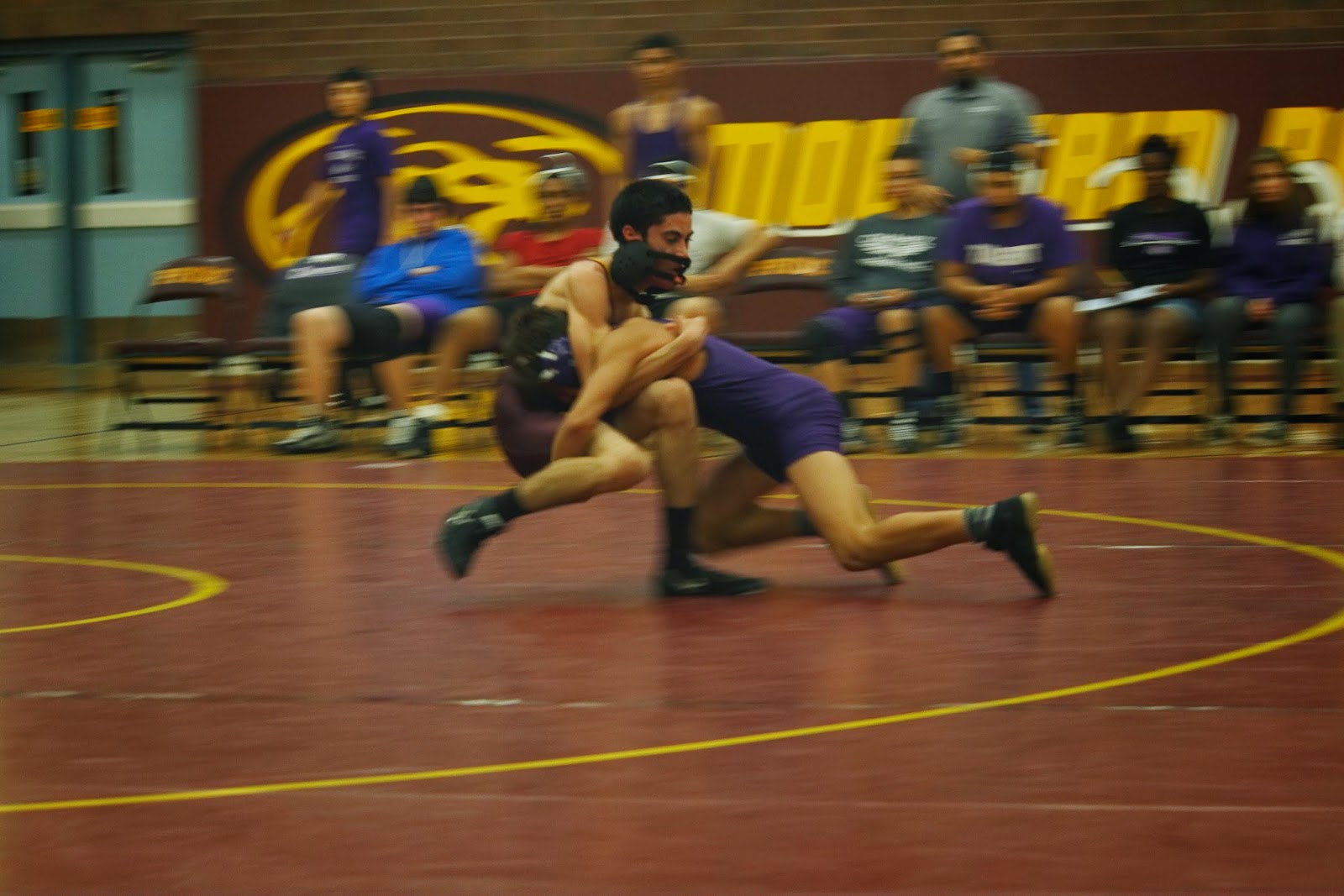- Find two examples of photomontages that are either from a commercial source or from a fine art background. Discuss in what context they have been produced and what techniques they share with political photomontages.
- What messages, if any, are communicated through these photomontages and how effective do you think they are? Consider different ways that each image could have been tackled by the artist and come up with an idea for ‘another in the series’.
My Response
| Dream Big - Connor Lesley |
| Just A Touch - Agence Alfred |
The image comes from a fine art background, and is composed of 2 images. The first image of a hand holding a paintbrush and the second of the street and buildings. Personally, I don't see a very noticeable message in this picture other than "It's amazing what one stroke of a brush can lead to" or something like that. If I was to offer any advice on how to approach the image differently, I'd recommend erasing some of the background to make it seem like the hand still has more work to do. As for another image to accompany this one in a series, I'd picture this one as the end of the series while the one I recommended would come before it.











